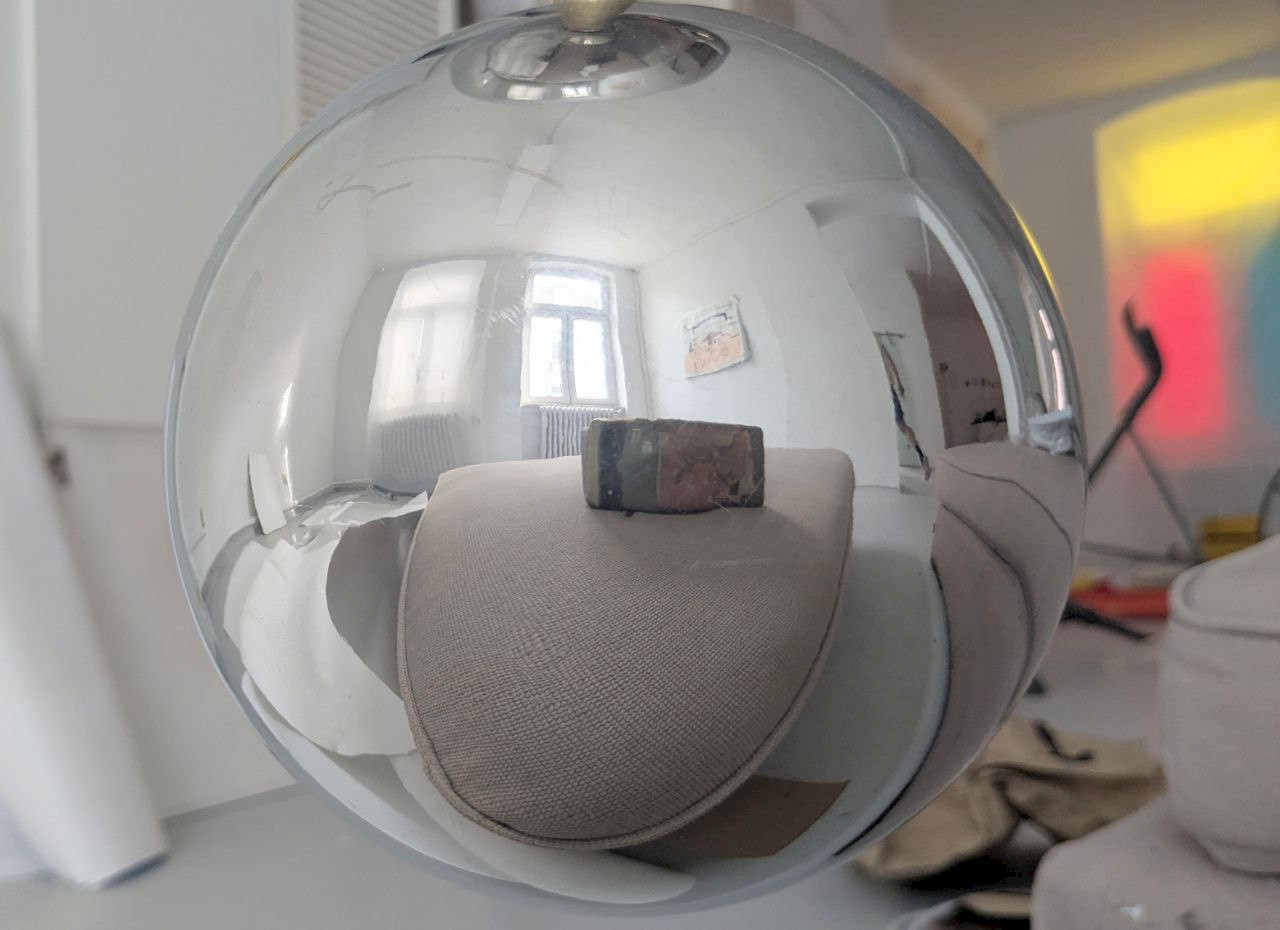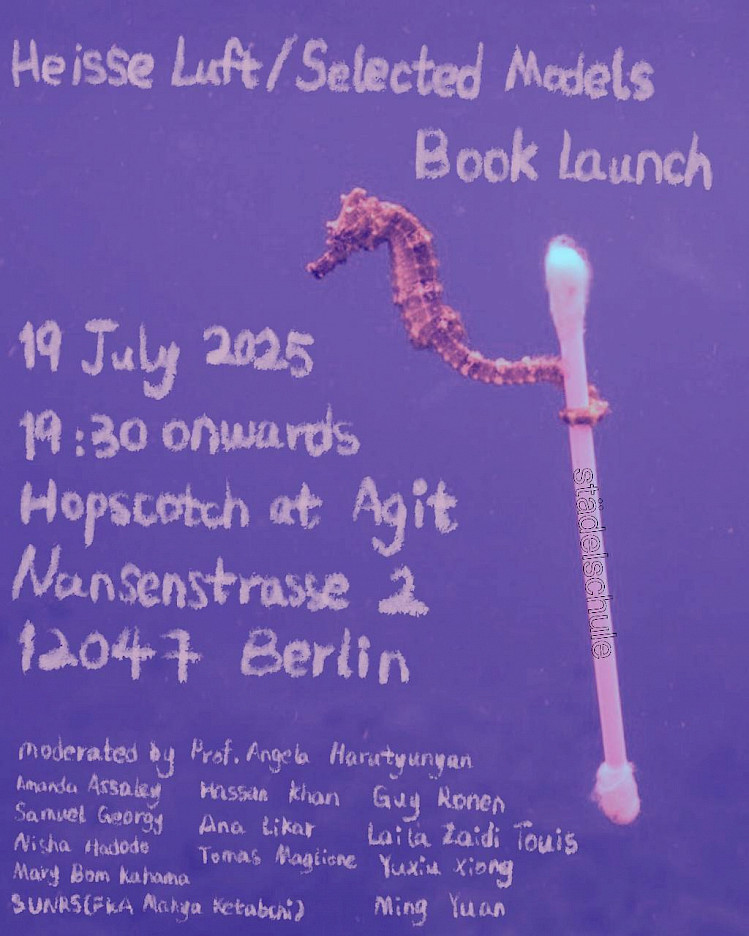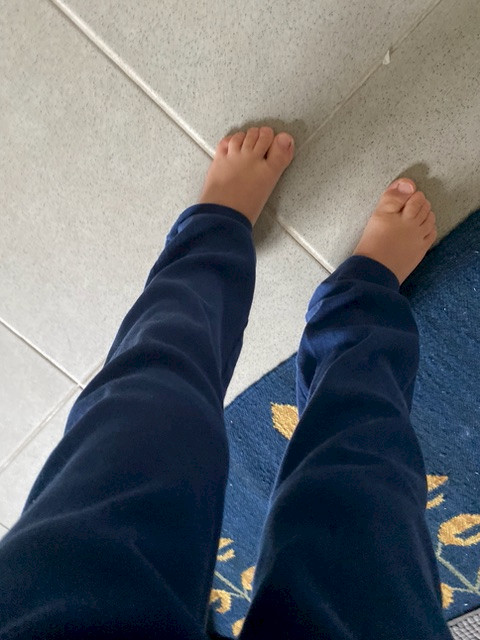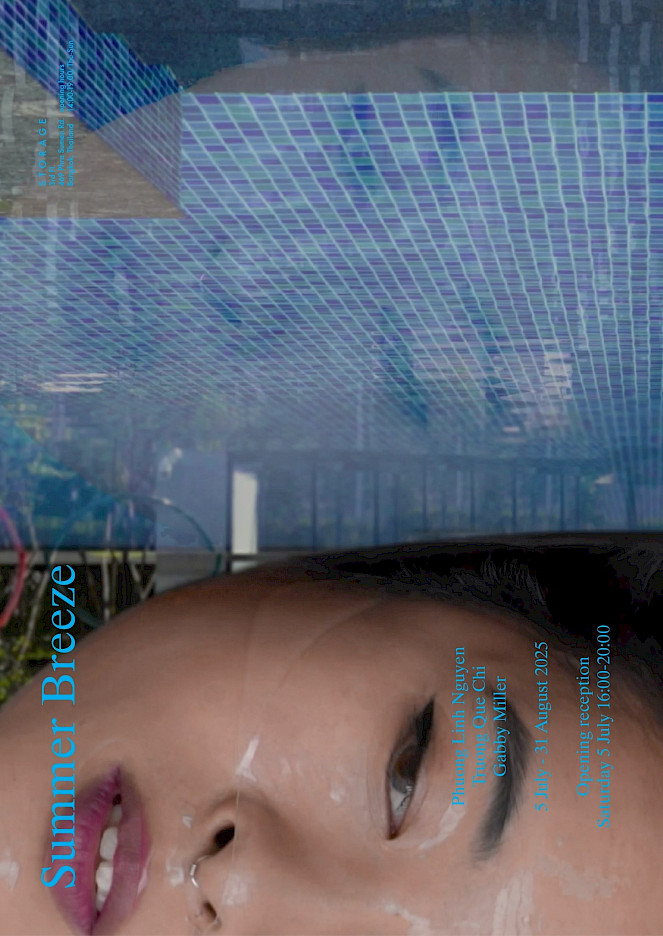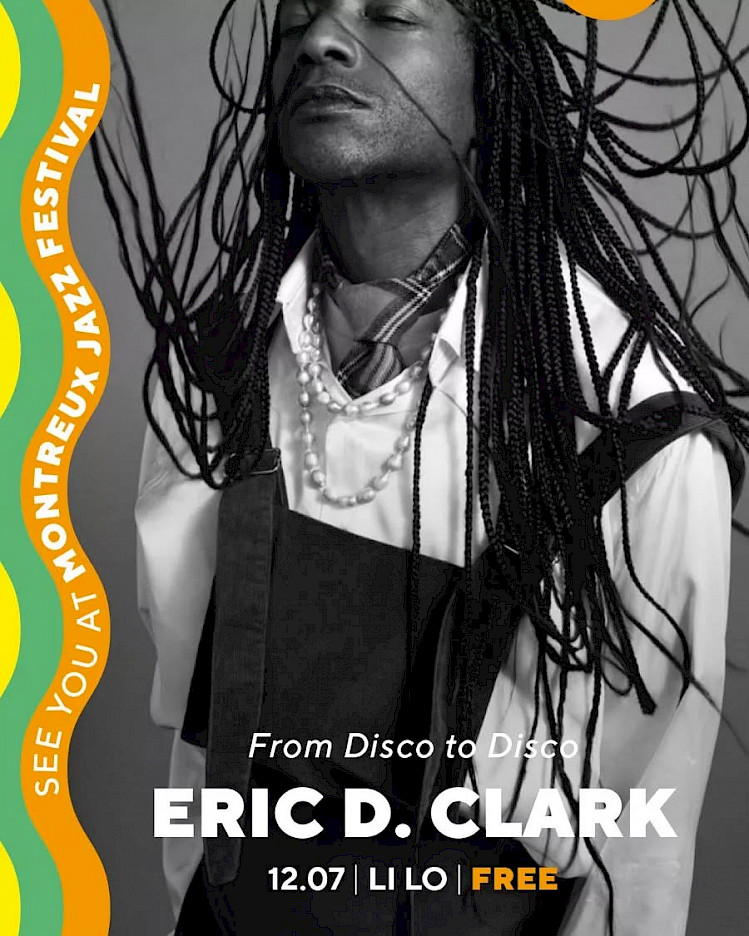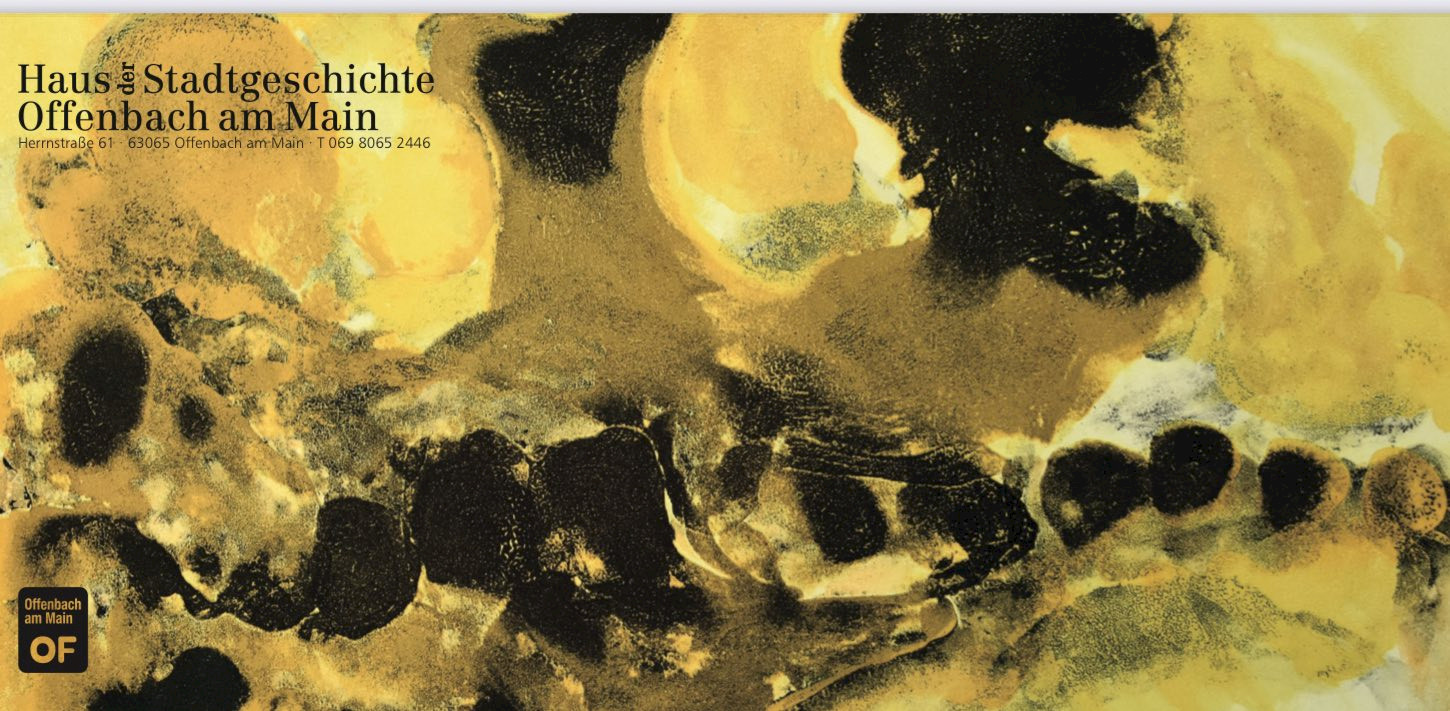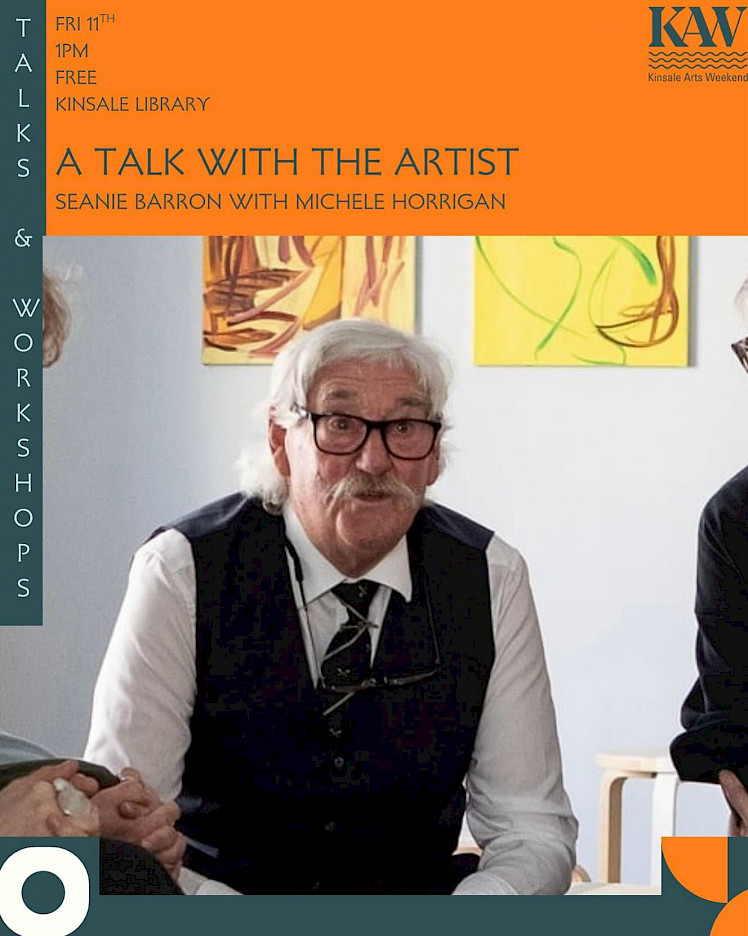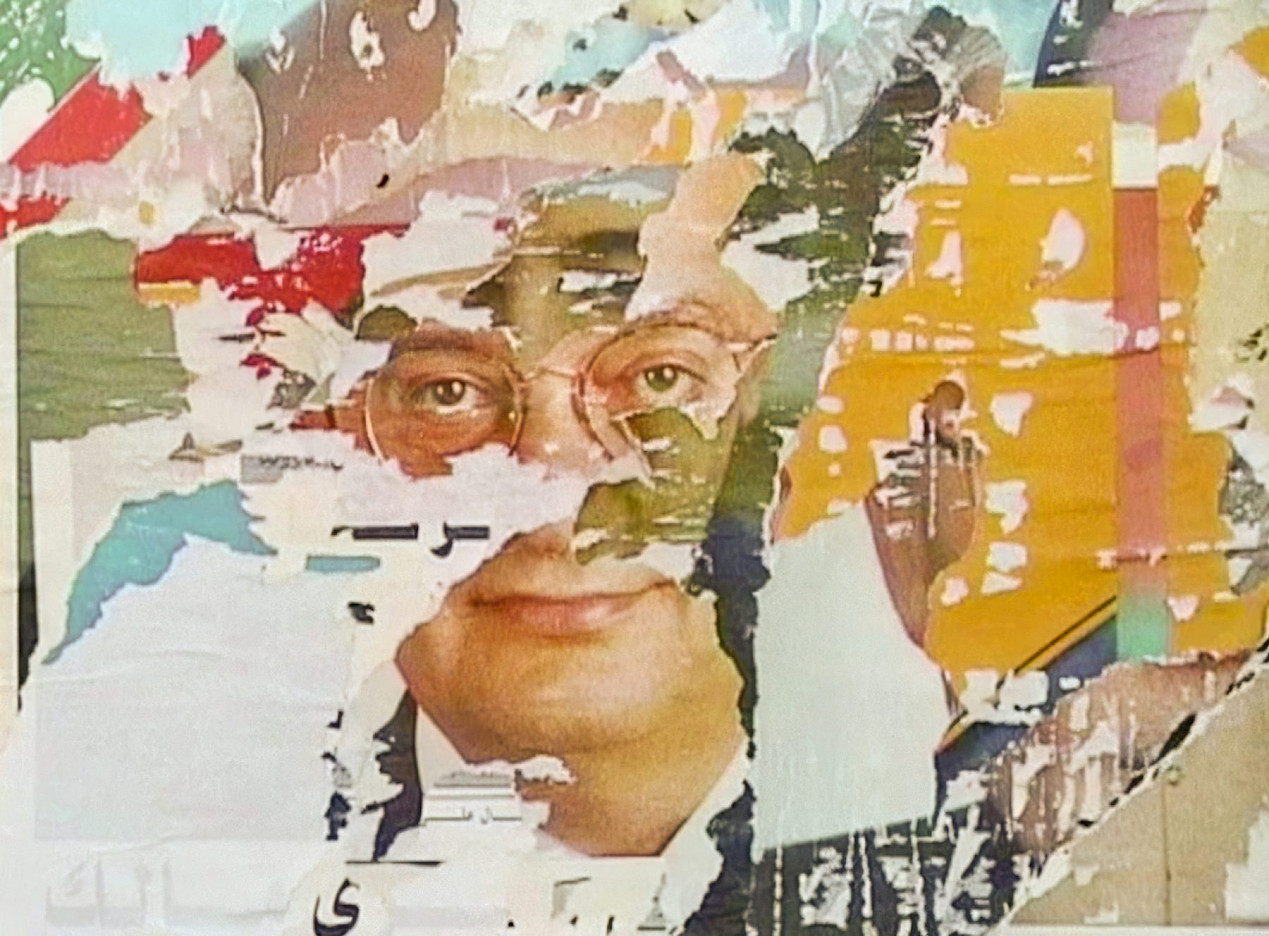Colleen Brown, Azza El Siddique, Dani Gal, Katie Kozak and Lucien Durey, Mark Lewis, Jenine Marsh, Jalal Toufic, Elizabeth Zvonar
12 Jan – 14 Apr 2024
Opening Reception:
Thursday, 11 January 2024 from 6 to 8 pm
Artist Talks with Azza El Siddique and Jenine Marsh:
Thursday, 11 January 2024 from 5 to 6 pm
Aporia (Notes to a Medium) considers how history, mythology and wishful thinking entwine across media and through mediums. In this moment where faith in media, government and institutions is further collapsing, where binarization is on the rise, where expressions of doubt are tactical, this exhibition includes artists’ works that contend with systems of belief and perception to trouble truth’s material (and immaterial) forms.
Holding space for doubt – a space of critical reflection that contains multiple truths or exposes the limits of truth – is a self-articulated strength of contemporary art. Doubt is part of nuanced thinking and ambiguity may be fertile ground for possibility and otherwise thinking. But Janus-faced doubt is also a tactic. The exhibition’s title engages the paradoxical or impassable from the Greek word aporos. This impasse functions as an expression of real or pretend uncertainty that the works in the exhibition collectively query and channel.
Indexical proof has always been a double-edged sword and art has tangled with our less-than-seamless belief in the image and the dubiousness of the image’s power to witness. Social media and AI have led to a renewed power and doubt in what we see, hear and read. How images and texts are created and in what context they are seen are determinants in reception, requiring that we ask what is at stake when media and mediums construct realities through images and words that are inconvenient to power.
The works in the exhibition confront perception and examine power structures to variously query art histories, the patriarchy, capitalism, and the acquisition of knowledge. Elizabeth Zvonar’s sculptural installation Timing is Everything (2006) positions two mirrors across from one another, etched with the astrological birth charts of the space mission Voyager I and 2, accompanied by texts exploring time and notions of the future, while her collages Face (2012) and Gattamelata (2020) reflect a re-examination of female representation, shifted consciousness and space for projection to open up a rewriting of accepted histories. Mark Lewis’s film From Third Beach 1 (2010) quotes the classic Hollywood technique of “day for night” in which the light of the sun is manipulated to stand in for the moon in filmmaking. In foregrounding this eerie and stylized footage – often only seen as a backdrop – Lewis reveals the perceptual slippages in image-making.
The stability of an image or text’s meaning is called into question in Dani Gal’s installation Failed to Bind (2013), which pairs two sets of slides: one of news images from the last four decades, the other of statements made by visual artists from the same time period. The images are decontextualized from their specific events and the artist statements are read in relation to images resulting in a visual experience that explores attitudes to history and truth, and how elements can be manipulated, reactivated or reinvented. The certainty of images to deliver news or political messages is under transformation in Jalal Toufic’s video Saving Face (2003), which documents political posters from a 2000 Lebanese parliamentary campaign being removed from city streets, revealing the layers of candidates as recombinant faces. The layered faces are sites where, in Toufic’s words, “Lebanese culture in specific, and Arabic culture in general, mired in an organic view of the body, in an organic body, exposes itself to inorganic bodies.”
Jenine Marsh’s three sculptures How to Fulfill a Wish (Bronze, Silver, Gold) (2023) consider social practices converging around the form of a public fountain that at once delivers water to a public and is also a site of symbolic wish-making. The works, in the form of wrapped fountains, include coins, preserved flowers, casts of feet and texts from the socialist newspaper People’s Voice to investigate forms of belief and value. Azza El Siddique’s installation Solar Evocation (2022) considers architectures of transformation and the instability of form to construct a narrative experience of a journey between this life and the next. The work engages a map and texts from the Book of Two Ways – a series of ancient Egyptian maps and spells related to the underworld – to posit an experience that history cannot hold over the course of circular time.
Memory’s materiality and texture is examined in Colleen Brown’s sculptural works Chenille (2022) and Semi-extendable (2016), balancing narrative and the tactile, images and the gestural, craft and contemporary art. Collaborators Katie Kozak and Lucien Durey’s hanging installation Covers (2023), a series of hand-dyed and marked bedsheets reminiscent of a rainbowed celestial sky, are compositions of kinship as well as invitations to be held in a space between, a space of indeterminacy, as well as of potential.
Aporia (Notes to a Medium) is curated by Melanie O’Brian and made possible with the generous support of the Canada Council for the Arts, the Province of British Columbia through the BC Arts Council and our Belkin Curator’s Forum members. Aporia (Notes to a Medium) is part of the 2024 Capture Photography Festival Selected Exhibition Program.
Morris and Helen Belkin Art Gallery
University of British Columbia
1825 Main Mall
Vancouver, British Columbia,
Canada V6T 1Z2
